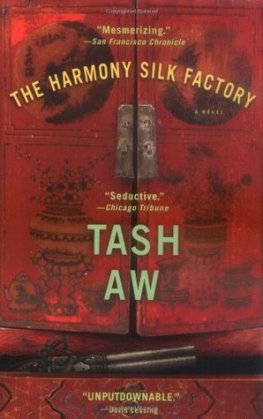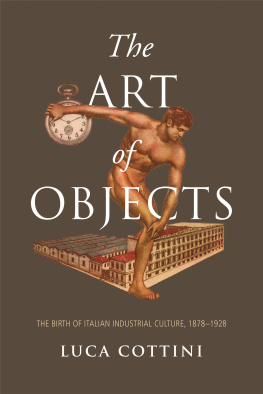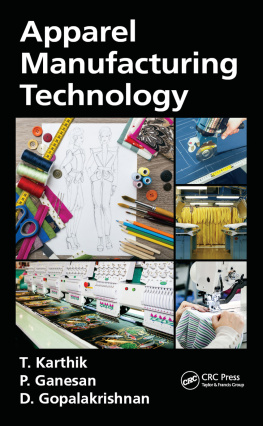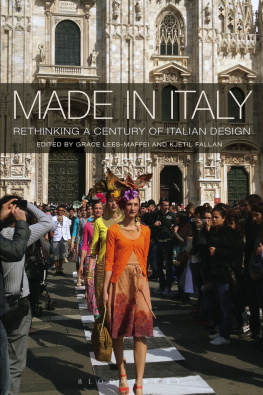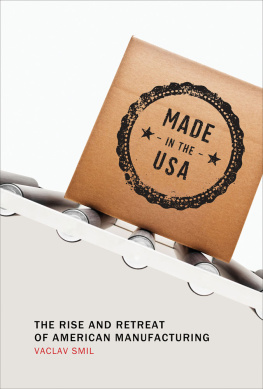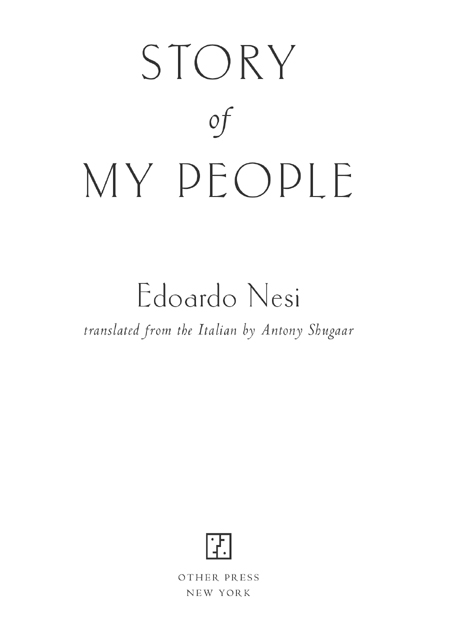Copyright RCS Libri S.p.A.Milano, Bompiani 2010
Originally published as Storia della mia gente by Bompiani
Translation copyright 2012 Antony Shugaar
Epigraph taken from Some Sort of Epic Grandeur: The Life of F. Scott Fitzgerald, by Matthew J.
Bruccoli (Columbia: University of South Carolina Press, 2002).
Production Editor: Yvonne E. Crdenas
All rights reserved. No part of this publication may be reproduced or transmitted in any form or by any means, electronic or mechanical, including photocopying, recording, or by any information storage and retrieval system, without written permission from Other Press LLC, except in the case of brief quotations in reviews for inclusion in a magazine, newspaper, or broadcast. For information write to Other Press LLC, 2 Park Avenue, 24th Floor, New York, NY 10016. Or visit our Web site: www.otherpress.com
The Library of Congress has cataloged the printed edition as follows:
Nesi, Edoardo, 1964
[Storia della mia gente. English]
Story of My People / by Edoardo Nesi; translated into English by Antony Shugaar.
pages cm
eISBN: 978-1-59051-555-6
1. Lanificio T.O. Nesi & figliHistory. 2. Textile industryItalyPrato.
3. Nesi, Edoardo, 1964 4. BusinessmenItalyPratoBiography. I. Shugaar,
Antony, translator. II. Title.
HD9905.I74L36713 2013
338.76670092dc23
[B]
2012039787
v3.1
Ettore
and
Angelica
It is the most beautiful history in the world.
It is the history of me and of my people.
F. SCOTT FITZGERALD
Contents
The Lanificio T.O. Nesi & Figli S.p.A.
I n September 2004on September 7, 2004I sold my familys textile company.
First established as a weaving mill in the 1920s, the company shifted operations right after World War II, becoming a woolen mill with the somewhat portentous name of Lanificio T.O. Nesi & Figli S.p.A. Looking down over my shoulder as I write is a framed enlargement of a black-and-white photograph of the weaving mill, dated 1926. There are three gigantic looms surrounded by men, women, and children, all staring into the camera lens. To one side, with a grim look in his eye and his hat perched at a rakish angle, stands my grandfather, Temistocle Nesi. At the leftmost edge of the picture, dressed in a white shirt, a vest, and abundant, loose-fitting trousers, and a good fifteen years older, is Omero Nesi, Temistocles brother. The two of them were the founding partnersthe reason why the company is named T.O. Nesi & Figli. Temistocle Omero Nesi & FigliThemistocles Homer Nesi & Sons.
We never did find out why their parentswho bore the rather common names of Adamo and Mariachose to give their sons, born in the twilight years of the nineteenth century, such unlikely names, befitting Greek heroes. Still, names are the first gift that a parent bestows upon a child, and I still wonder whether they even knew (neither of them had finished elementary school) that they had named one son after the supreme blind poet, and the other son after a general who was the last great hero of the Athenian republic. In other words, did they know that they had intertwined in the names of their newborn sons the force of arms and the power of letters?as if they sensed that even a name might become an important tool in a weavers life in the early years of the new century in Narnali, a village that snuggled around its church, at the head of the ancient road that runs from Prato to Pistoia.
Seated on a wooden crate full of white yarn, the distinctive whitish hue of greasy wool, dressed in shorts and with an elfin gleam in his eyes, is Omeros son Alfiero. He might be ten, or even twelve. Hes a child. Still, in the minds of the two founding partners, the company as a whole is designed around him. From the outset, they meant for the Lanificio T.O. Nesi & Figli to weather the years, to exist long after the founders had left this mortal coil, and they certainly meant for Alfiero to lead the company, a company that was founded for the future more than the present, for the children who had already come into the world and those yet to come.
Alvarado, who was Temistocles son and my father, was born six years after that picture was taken, in 1932, weighing in at almost thirteen pounds. He was the second son born to Temistocle and Rosa, and he was conceived in the immediate aftermath of the first Alvarados death. The first Alvarado had also come into the world with the sheer weight of a colossus and had died one night in his crib; his parents took him into their bed and watched over him until dawn in an impromptu wake. My father also came into this world with his fate already decided: the company lay in his future, whether he liked it or not, and while the Spanish origin of his name is immediately apparent, we never knew why Temistocle gave him that nameand, as if that werent enough, also saddled him with the middle name Gualberto. The one time I visited Los Angeles, I took a picture of the street sign at the corner of Alvarado Street and later showed it to him. He looked at it for a few seconds, then turned to me and said only, I cant think of a thing to say.
I was born in 1964 and, while I have a far more commonplace first name than seems to be the rule in my family, I carry my grandfathers first name as my middle name. Together with my brothers Federico and Lorenzo, Im a member of what was meant to be the third textiles-manufacturing generation of the Nesi familyand Id been promised the world.
It was never stated in so many wordsin fact I cant imagine anything that my father would have been more unlikely to dobut the very state of things conveyed the idea clearly. My upbringing practically shouted it out loud. The world was at my disposal. If I only had the skill, the courage, and the strength of will, Id be successful. There were no limits to what I could do, except limits I set for myself. If I wanted to spend a summer studying in America, for instance, I had only to say the word. So when I did say the word, at age fifteen in the summer of 1979, after a long winter spent listening to songs by Bob Dylan and Neil Young, I promptly flew to California to study English at UC Berkeley. Alone.
My indelible memory of those days is of a campus overrun by a herd of aging boys in wheelchairs, all Vietnam vets. They werent enrolled in classes, or maybe they just werent enrolled anymore, but they were always there, wandering the campus. At night they drank and got rowdy, but no one said a thing. The one who made the most ruckus always wore a fantastic threadbare hussars dress cavalry jacket, and had a long beard and an impressive girlfriend. We always said hello.
When I informed my professors that I wouldnt be attending English classes because I already spoke English well, they told me that they understoodafter all, it was July 1979, at Berkeley. They just told me to sign a form, and from that day on all I did was ride up and down the dizzying hillsides of San Francisco aboard the clattering little cable cars they have there, the Golden Gate Bridge filling my eyes and the wind off the Pacific buffeting my face, constantly astonished by everything I saw. I remember wondering frequently how the people in that city managed to support themselves, without working in the textile industry. Where did they get their money? Who supported them, if they didnt even have so much as a spinning mill, a yarn-twisting plant, or a wool-carbonizing facility?


